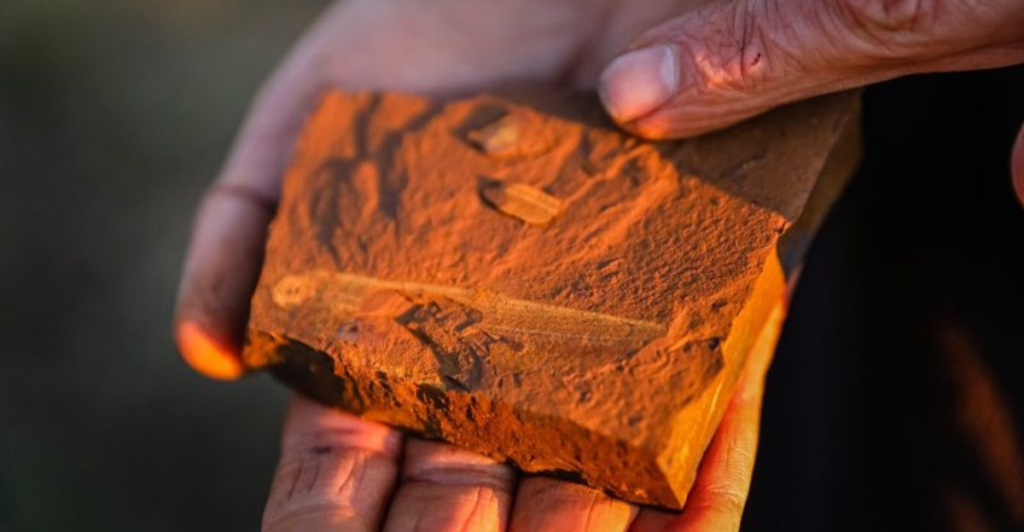
In a spectacular paleontological find, Australian scientists have unearthed an incredibly well-preserved fossil of a freshwater fish, dating back about 15 million years. The discovery, made at the McGraths Flat fossil site in New South Wales, is notable for its exceptional preservation of soft tissue, stomach contents, and even color patterns.
The unearthed fossil is that of a newly identified species called Ferruaspis brocksi and provides invaluable information on prehistoric marine animal diet, behavior, and habitats. This find is not just another morsel of evolutionary history—it is a rare time capsule that gives scientists new insight into once-thriving ecosystems, biological adaptations, and ancient food chains.
By digging out these fine details, scientists are improving our understanding of how life in the ancient world functioned.
Unveiling Ferruaspis brocksi
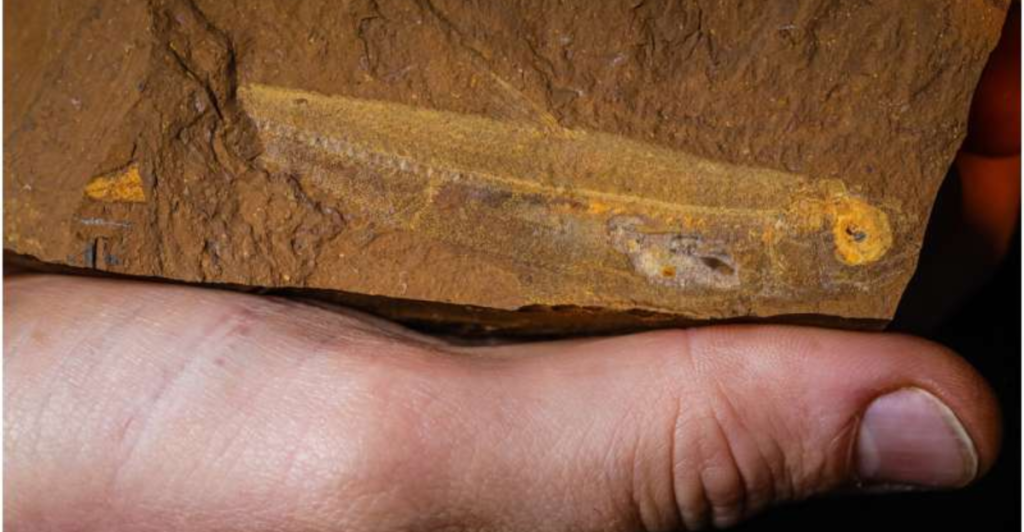
The discovery of Ferruaspis brocksi is a major advancement in paleontology. Led by Dr. Matthew McCurry from the Australian Museum and UNSW Sydney, a research team identified this newly discovered species from a series of well-preserved fossils at McGraths Flat. The fish fossil is particularly remarkable due to the preservation of its stomach contents, pigment cells, and microscopic features, which offered insights into both its diet and appearance.
The fossil belongs to the order Osmeriformes, which includes modern smelts and graylings. This suggests an evolutionary connection between the ancient and modern species. Further, researchers found the intact remains of the fish’s last meal (phantom midge larvae), which provided direct evidence of predation from 15 million years ago.
The Significance of McGraths Flat
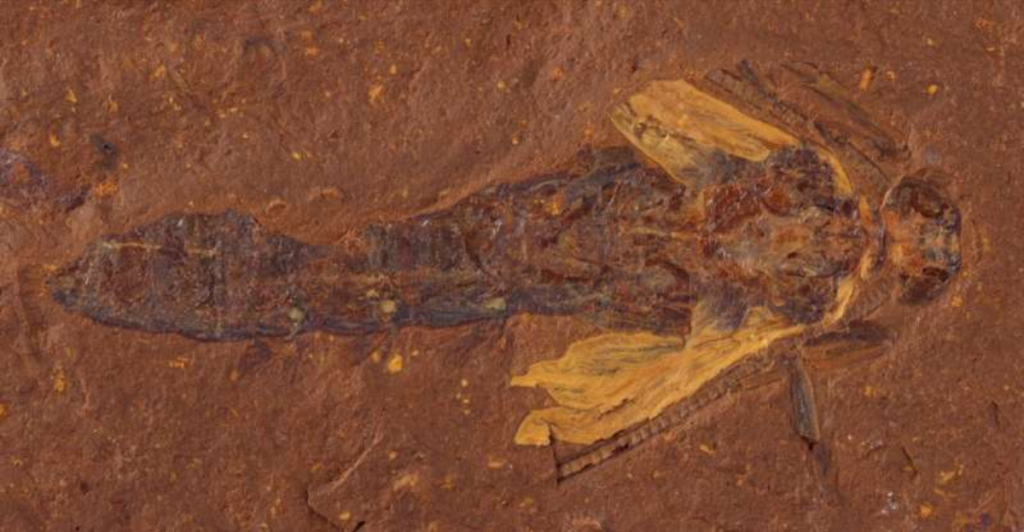
Central New South Wales’s McGraths Flat has rapidly emerged as one of Australia’s richest fossil deposits. The site’s geological conditions have preserved exceptionally detailed fossils of plants, insects, and fish.
Scientists believe this excellent preservation is a result of the region’s goethite. This iron oxide-rich mineral appears to have buried organisms soon after death, thereby protecting them from decay. Fossils in McGraths Flat have revealed extensive information regarding ancient diversity, from minute cellular structures to whole food chains.
Ferruaspis brocksi’s discovery adds to the growing list of organisms that once thrived in these ancient waters. These fossils allow researchers to learn more about how ancient freshwater ecosystems functioned, allowing scientists to reconstruct ancient environmental conditions and compare them with modern ecological systems.
Dietary Secrets of Ancient Times
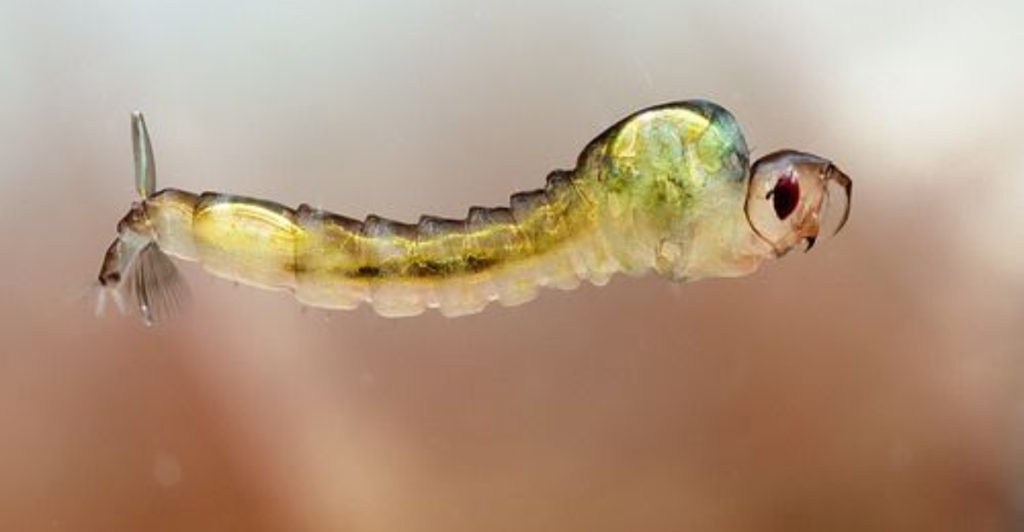
One of the most extraordinary aspects of the discovery is the fish’s preserved stomach contents. The presence of phantom midge larvae in the fish’s digestive system is a rare opportunity for paleontologists to determine the species’ diet.
Typically, dietary reconstructions are based on tooth morphology or evidence from fossilized feces, so this direct proof is particularly significant. Therefore, the discovery offers more information about predator-prey interaction in ancient aquatic ecosystems as well as a glimpse into how the species’ ecological role in its environment.
By examining the diet of ancient fish, researchers can better understand the availability of prey species and the Miocene era’s make inferences about the density of prey species and the health of aquatic ecosystems during the Miocene era.
Unlocking Coloration Patterns
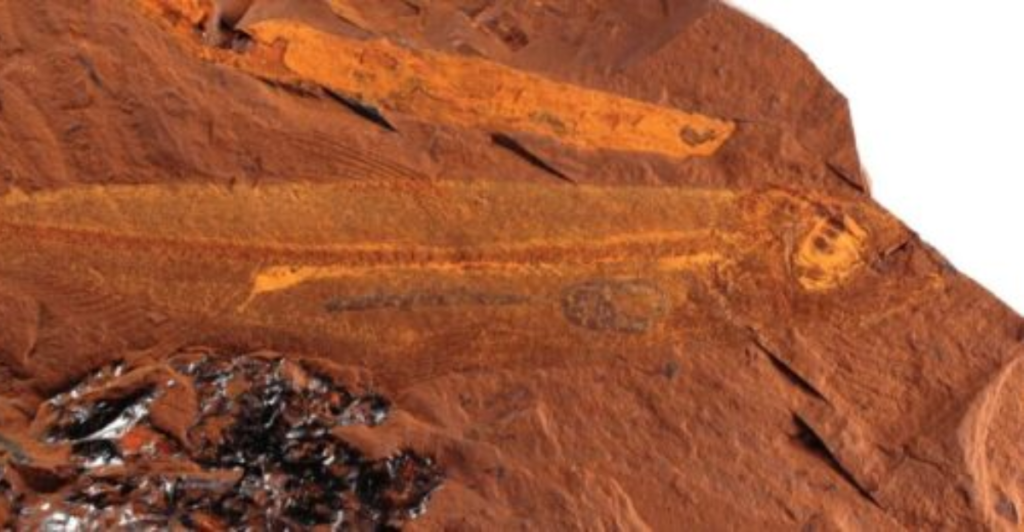
The fossil retained evidence of the species’ color patterns, an astonishingly rare find in paleontology. Researchers discovered intact pigment cells, called melanophores, indicating that the fish had a counter-shading—a form of camouflage where the dorsal (top) side of the fish is darker. In comparison, the ventral (bottom) side is lighter.
Such an adaptation is found in modern fish, keeping them hidden from predators. The discovery of this coloring in a 15-million-year-old fossil provides firsthand evidence of evolutionary survival strategies connecting ancient species to their modern descendants.
Studying fossil coloration is relatively new and is made possible by advances in scanning electron microscopy and chemical analysis techniques. By comparing the pigment structures in Ferruaspis brocksi with those of modern fish, scientists can better understand how coloration impacts behavior, predation, and ecological interactions in ancient oceans.
Challenging Fossilization Paradigms
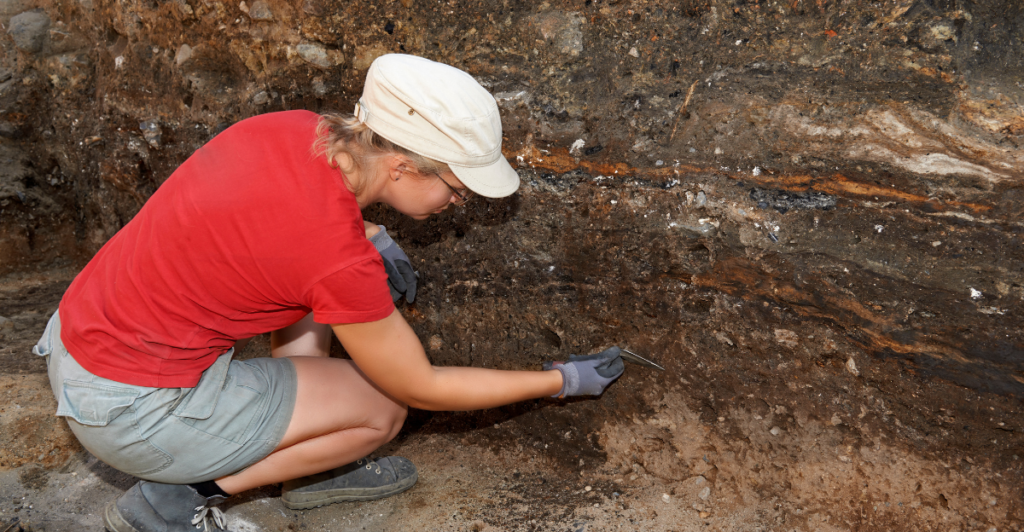
Ferruaspis brocksi’s remarkable preservation challenges conventional ideas about the fossilization process. Traditional fossilization models suggest that soft tissues rapidly deteriorate and rarely survive beyond bones.
However, the extraordinary conditions at McGraths Flat appear to offer an alternative process. Iron-rich minerals rapidly surround organisms, effectively “freezing” delicate structures in their original state. This begs the question: Can other similarly preserved fossils be found elsewhere under such conditions?
If so, scientists will have opportunities to explore ancient life in more anatomical detail than ever thought possible. Scientists can now consider revisiting fossil deposits previously deemed improbable to yield soft tissue preservation to find new evidence that reshapes existing theories on fossilization.
Implications for Evolutionary Biology
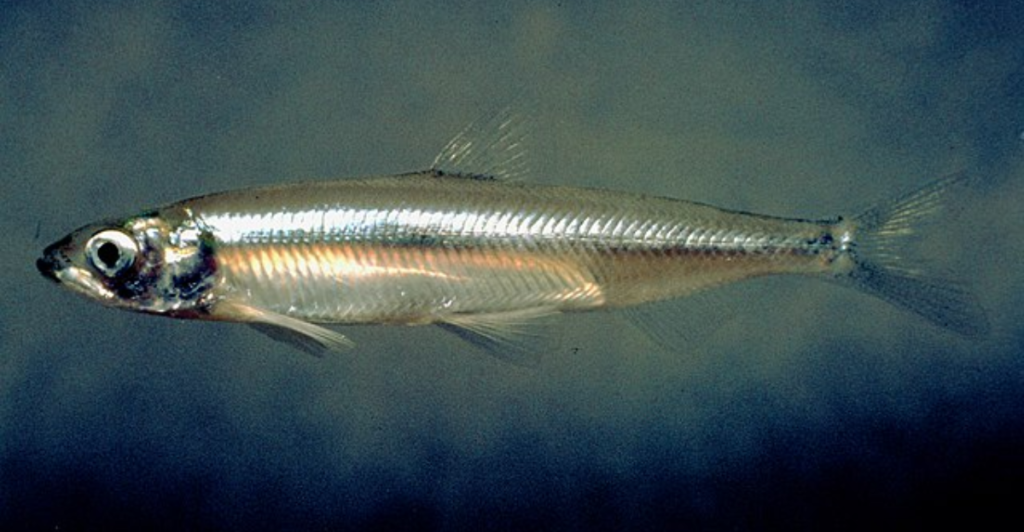
The discovery of Ferruaspis brocksi provides valuable insights into the evolutionary history of the Osmeriformes group. The anatomical composition of the fossils suggests that these fish had adapted to live in freshwater environments millions of years ago, shedding light on their evolutionary trajectory.
The discovery also fills in some of the gaps in the current fossil record, providing a clearer picture of how some fish lineages evolved to adapt to environmental changes over time. These adaptations become important when studying the overall mechanisms of evolution, primarily how species respond to climate change, competition, and shifting habitats.
Ferruaspis brocksi’s evolution also raises intriguing questions about the stability of particular ecological niches over millennia, as they can provide significant insights into how freshwater ecosystems have survived in spite of environmental fluctuations.
A Glimpse into Miocene Ecosystems

By examining fossils, such as Ferruaspis brocksi, scientists are building a detailed reconstruction of Miocene ecosystems to better understand them. As a time of widespread climatic change, fossils from that time tell us more about how ecosystems and individual species responded to fluctuating environments.
By studying the interactions among species during the Miocene, scientists gain insights into food web structure, competition, and habitat heterogeneity. This data is particularly helpful because modern ecosystems are changing quickly due to human activity and global warming.
Current conservation practices can be guided by what the Miocene teaches us about how such species adapted to environmental stress in the past and how survival or extinction factors came into effect. Studying these ancient systems can help us in our efforts to preserve biodiversity.
Interdisciplinary Approaches in Paleontology
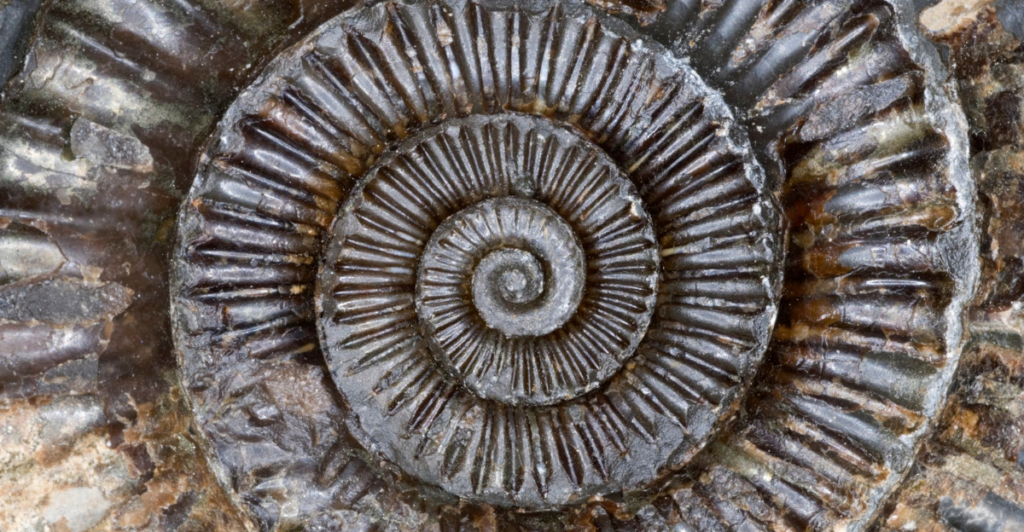
Paleontology has become an increasingly interdisciplinary enterprise, incorporating advances in genetics, chemistry, physics, and even artificial intelligence while collaborating with a host of other scientific fields.
Isotopic analysis, for example, allows scientists to reconstruct ancient climates, and high-resolution CT scanning allows for non-destructive fossil analysis. Machine learning is also gaining more attention, helping scientists analyze large fossil datasets to unlock patterns and evolutionary trends.
Collaboration with ecologists, climatologists, and biochemists has expanded the paleontology field, allowing for more precise reconstructions of ancient life. This interdisciplinary approach is revolutionizing our understanding of ancient ecosystems and can possibly unlock further unprecedented breakthroughs in paleontology.
Future Research and Finds
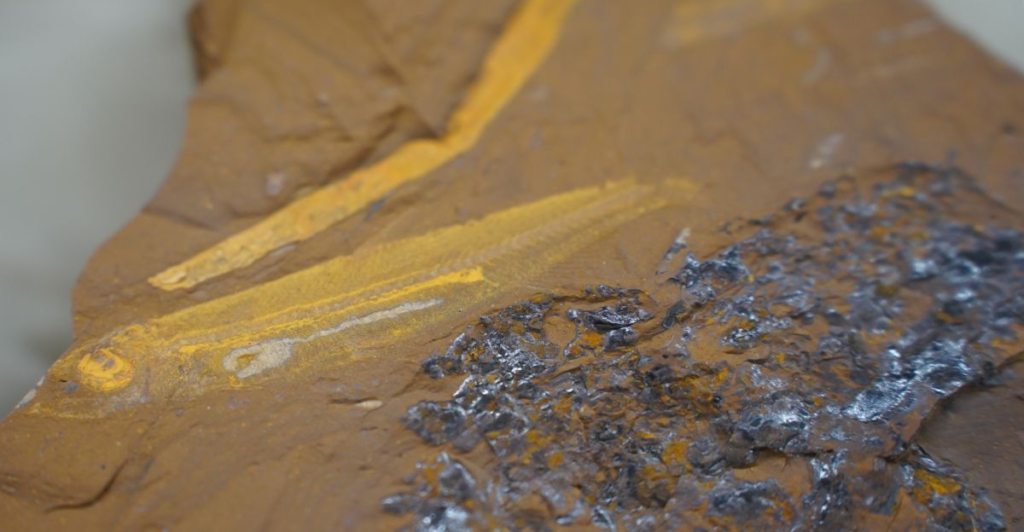
The discovery of Ferruaspis brocksi opens up new horizons of paleontological exploration, particularly for the preservation of soft tissue. Scientists are currently exploring other fossil beds with similar iron-rich environments to determine whether they also contain additional well-preserved fossils.
Emerging imaging techniques, such as synchrotron radiation and X-ray fluorescence, are enabling scientists to analyze fossils with unprecedented accuracy. These tools allow for the detection of biochemical residues that can provide further information regarding ancient life.
As new technologies arise, paleontologists can try to re-examine other fossils, especially those that have been unexplored due to outdated technologies and processes, in an effort to better understand prehistoric diversity and evolutionary trends.
Explore more of our trending stories and hit Follow to keep them coming to your feed!

Don’t miss out on more stories like this! Hit the Follow button at the top of this article to stay updated with the latest news. Share your thoughts in the comments—we’d love to hear from you!







